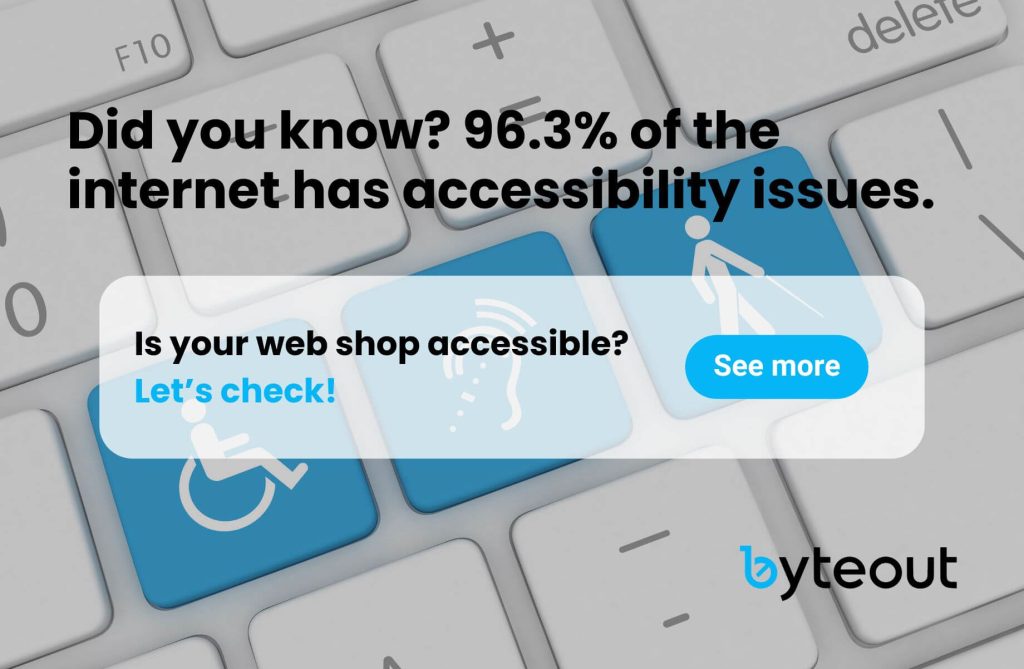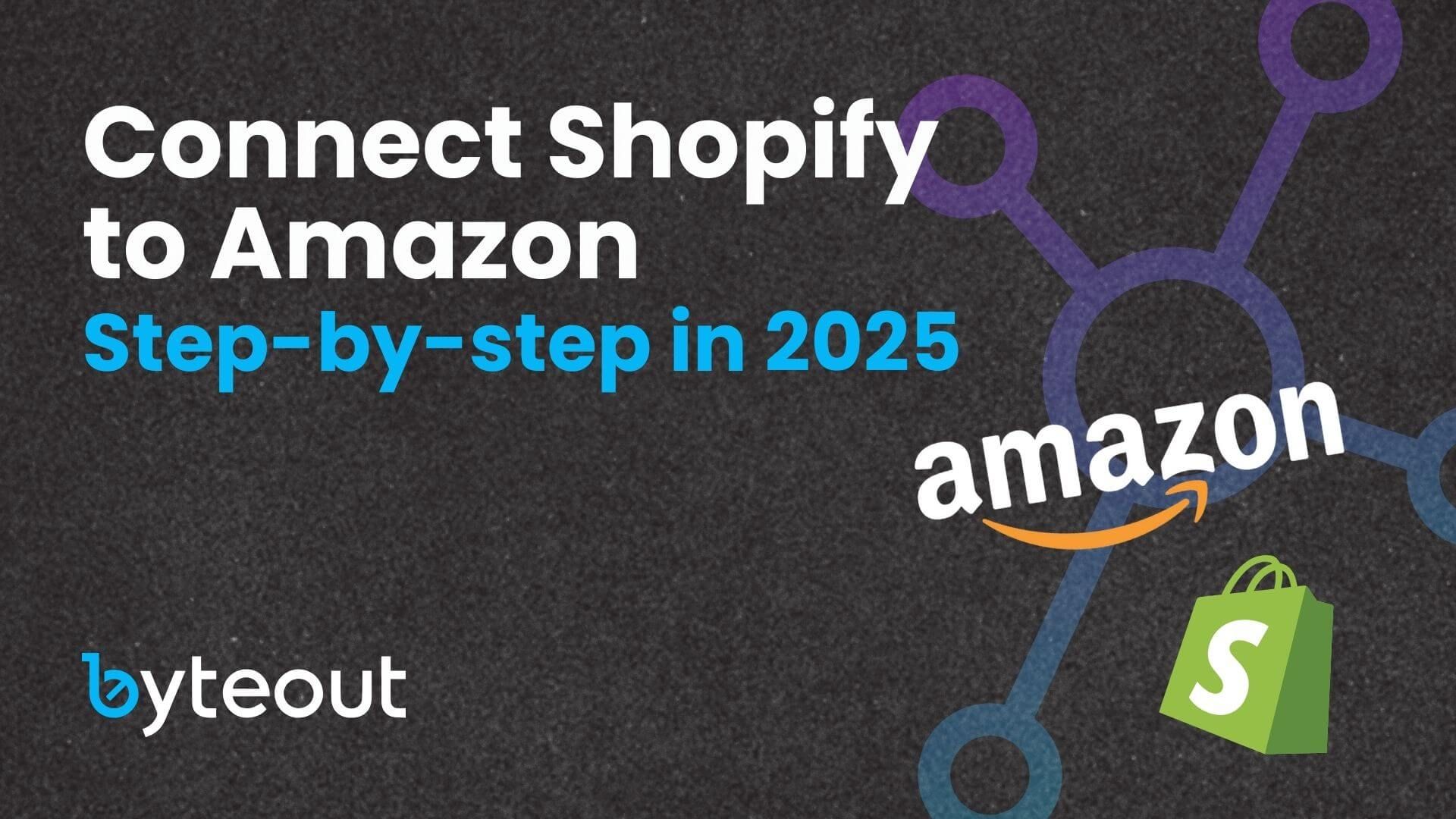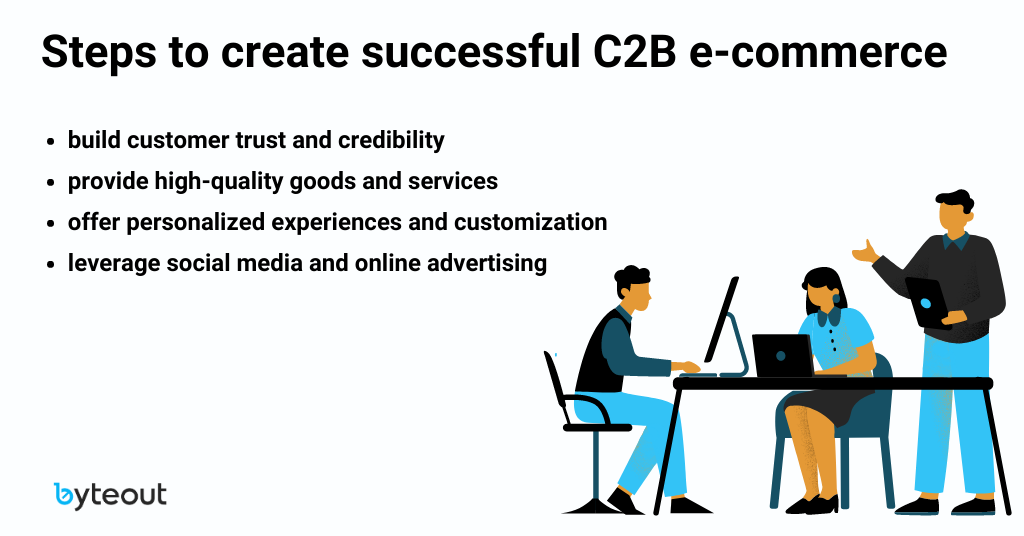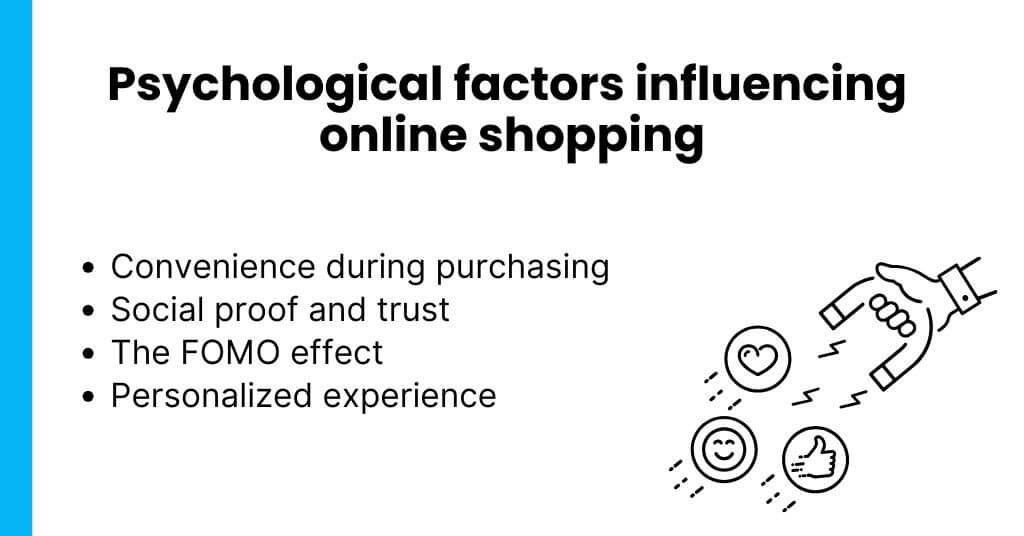
The future of website accessibility
Website accessibility continues to evolve as technology advances and new challenges emerge. The future of website accessibility holds promising advancements driven by technological innovations and a growing commitment to inclusivity. From the integration of Artificial Intelligence (AI) and Machine Learning (ML) to the rise of virtual and augmented reality experiences, the world of website accessibility is set to break down barriers and create a more inclusive digital world.
Table of contents
Artificial Intelligence (AI) and Machine Learning (ML)
Artificial Intelligence (AI) and Machine Learning (ML) technologies are changing our lives, including website accessibility. These technologies have the potential to automate and enhance accessibility features, making digital content more inclusive and accessible to individuals with disabilities. Here are some key developments and considerations in AI and ML for website accessibility.
Automated accessibility testing
AI and ML algorithms can be employed to automate accessibility testing of websites. These algorithms can analyze web content, identify potential accessibility issues, and provide recommendations for improvement. This streamlines the testing process, enabling developers to identify and address accessibility barriers more efficiently.
Intelligent captioning and transcription
AI-powered speech recognition technologies can generate accurate and real-time captions or transcriptions for multimedia content, such as videos or podcasts. This benefits individuals with hearing impairments, enabling them to access and understand spoken information.
Natural Language Processing (NLP)
NLP techniques, a subset of AI, can improve accessibility for individuals with cognitive disabilities. NLP algorithms can assist in simplifying complex language, providing alternative explanations or summaries, and improving readability for users with cognitive challenges.
Personalized user interfaces
AI algorithms can adapt and personalize website interfaces based on user preferences and accessibility needs. By analyzing user behavior and preferences, AI can dynamically adjust color schemes, font sizes, layout structures, and navigation options to accommodate individual accessibility requirements.
Image and object recognition
AI-powered image recognition algorithms enable automatic detection and description of images and objects on websites. This benefits individuals with visual impairments by providing alternative text descriptions (alternative text) for images, allowing them to understand the visual content.
User assistance and support
AI chatbots and virtual assistants can provide real-time support and guidance to users with disabilities. These AI-powered assistants can understand user queries, offer accessibility-related help, and provide step-by-step instructions for navigating websites.
Bias and fairness
While AI and ML technologies bring opportunities for accessibility improvements, it is crucial to address bias and fairness issues. Algorithms must be trained on diverse datasets that accurately represent the needs and experiences of individuals with disabilities to avoid perpetuating or amplifying existing biases.
Continuous learning and improvement
AI and ML systems can continuously learn from user interactions and feedback, enhancing their accessibility features over time. This iterative learning process allows algorithms to adapt and improve their recommendations, resulting in more effective and personalized accessibility support.
The potential of AI and ML in website accessibility is huge, but it is essential to ensure ethical considerations, robust data privacy, and a human-centered approach. Combining the power of AI with human expertise and user feedback can drive significant advancements in website accessibility, creating more inclusive and empowering digital experiences for all users.

Virtual and Augmented Reality (VR/AR)
Virtual Reality (VR) and Augmented Reality (AR) technologies have changed the way we interact with digital content. These technologies also hold huge potential for improving website accessibility by providing new means of perception, interaction, and information dissemination. This includes considerations for users with visual, hearing, and motor disabilities, as well as creating accessible user interfaces within these immersive environments. Here are some key developments and considerations in VR/AR for website accessibility:
Enhanced sensory experiences
VR and AR can provide individuals with sensory disabilities, such as visual or hearing impairments, with alternative and enhanced sensory experiences. For example, individuals with visual impairments can explore virtual environments through spatialized audio cues or haptic feedback, allowing them to navigate and interact with digital content.
Spatial navigation and orientation
VR/AR environments offer spatial cues and 3D representations, allowing users to navigate and interact with digital spaces in a more intuitive and immersive manner. This benefits individuals with cognitive or mobility impairments by providing alternative navigation methods that are more accessible and easier to comprehend.
Simulated real-life scenarios
VR/AR technologies can simulate real-life scenarios, enabling individuals with various disabilities to practice and develop skills in a controlled and accessible environment. For example, individuals with social anxiety or communication difficulties can utilize VR/AR simulations to enhance social interactions and build confidence.
Multimodal information presentation
VR/AR can present information through multiple modalities, such as visual, auditory, and tactile feedback. This ensures that individuals with diverse sensory abilities can perceive and understand information effectively, catering to their specific needs.
Accessibility design in VR/AR experiences
Incorporating accessibility features within VR/AR experiences includes providing customizable user interfaces, scalable text and visuals, color contrast options, alternative navigation methods, and support for assistive technologies. Designers should also consider the physical comfort and ergonomics of VR/AR devices for users with mobility or physical impairments.
Collaboration and social interaction
VR/AR can facilitate inclusive collaboration and social interaction among users, regardless of their geographical location. Individuals with disabilities can participate in virtual meetings, conferences, and social events, eliminating physical barriers and promoting inclusivity.
User testing and feedback
Involving individuals with disabilities in the user testing and development of VR/AR experiences is vital to ensure accessibility. Their feedback and insights can inform design improvements and help create more inclusive and user-friendly virtual environments.
As VR/AR technologies become more prevalent, ethical considerations such as data privacy, informed consent, and avoiding virtual experiences that could potentially cause distress or harm should be taken into account.
The integration of VR/AR technologies with website accessibility holds immense potential for creating immersive, interactive, and inclusive digital experiences. By considering the diverse needs of individuals with disabilities and incorporating accessibility features, VR/AR can break down barriers and empower users to explore and engage with digital content in new and meaningful ways.
Accessibility challenges in the IoT
The Internet of Things (IoT) is an interconnected network of physical devices embedded with sensors, software, and connectivity capabilities, enabling them to collect and exchange data. As the IoT expands, accessibility considerations become increasingly important to ensure that individuals with disabilities can effectively interact with smart devices and interfaces.
The rapid expansion of the Internet of Things (IoT) brings forth unique accessibility challenges spanning visual, auditory, physical, and cognitive domains, which must be addressed to ensure inclusive and equal access for individuals with disabilities.
Visual accessibility
IoT devices often rely on visual interfaces like touchscreens or LED indicators. Ensuring visual accessibility involves providing alternative methods of interaction, such as voice commands or tactile feedback, for individuals with visual impairments.
Auditory accessibility
Audio cues and alerts play a significant role in IoT devices. Providing alternative visual cues, captions, or vibrations can ensure that individuals with hearing impairments can understand and interact with these devices.
Physical accessibility
The physical design and placement of IoT devices should consider accessibility for individuals with mobility impairments. This includes ensuring that devices can be easily reached, operated, and manipulated, especially for those using mobility aids or with limited dexterity.
Cognitive accessibility
IoT devices should be designed with simplicity and clarity in mind to accommodate individuals with cognitive disabilities. Clear and concise instructions, intuitive user interfaces, and simplified interactions can improve cognitive accessibility.
Compatibility with assistive technologies
Ensuring compatibility with assistive technologies, such as screen readers or alternative input devices, is essential for individuals who rely on such tools to interact with IoT devices. This includes providing standardized interfaces, using accessible communication protocols, and considering interoperability with assistive technology platforms.
We’re passionate about website accessibility
At Byteout Software, we specialize in checking, fixing and increasing website accessibility. We understand the importance of creating digital spaces that are inclusive and empowering for all users. Our team is dedicated to ensuring your website exceeds accessibility standards, making it a welcoming place for everyone. By choosing to work with us, you’re not just making your website accessible; you’re also embracing the future of digital inclusivity.
Together, we can reshape the internet into a space that truly welcomes everyone. The journey toward a fully accessible world is ongoing, and with the right expertise and technology, we can make significant strides. Let’s collaborate to ensure your digital presence is at the forefront of accessibility and inclusivity! We can start the move of making the future of website accessibility bright.
The future of website accessibility – what to expect?
The future of website accessibility holds huge potential for creating a more inclusive and empowering digital world. With AI and ML integration, websites can be automatically tested for accessibility issues, provide intelligent captioning and personalized interfaces, and offer user assistance.
VR and AR technologies offer accessible experiences, allowing individuals with disabilities to navigate and interact with digital content in new and intuitive ways. The IoT presents its own set of challenges, but with careful consideration and design, smart devices can be made accessible to individuals with visual, auditory, physical, and cognitive impairments.
Together, we can break down barriers and ensure that everyone can fully participate and engage in the digital realm.

Your Amazon store needs a partner
We build and grow your Shopify DTC business together with Amazon.
Find out how to own your audience and not depend only on Amazon high fees.
Our ecommerce nerds recommend reading

Best Amazon FBA course: Top picks for 2025

Connect Shopify to Amazon: Step-by-step in 2025

C2B e-commerce


